How to create REST APIs in Django
Django makes creating a REST API a breeze. We’ll walk you through the steps to get your first API up and operating in this tutorial.
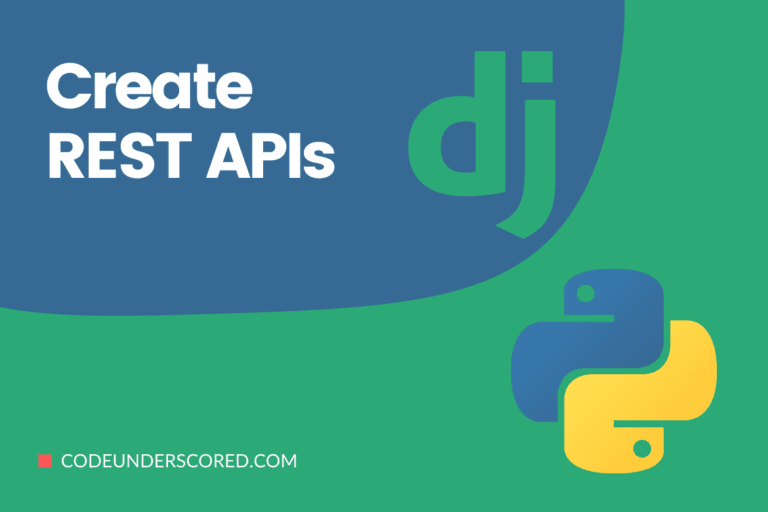
Django makes creating a REST API a breeze. We’ll walk you through the steps to get your first API up and operating in this tutorial.
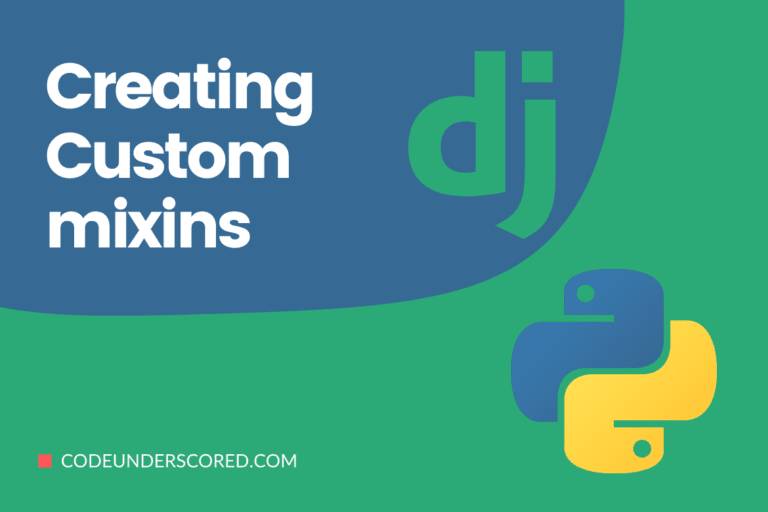
This article seeks to leverage Django’s mixins to create solid and flexible models. A mixin is a unique type of multiple inheritances. Mixins are typically employed in one of two scenarios:
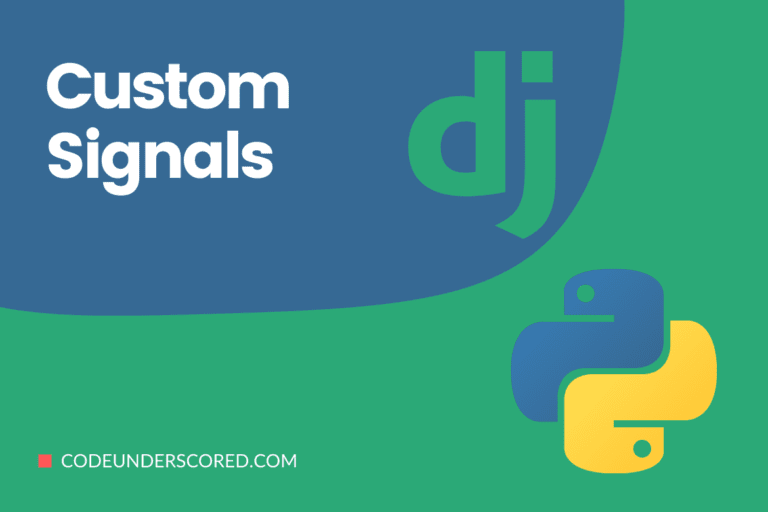
Django comes with many features out of the box, and they’re all ready to use and combat tested. But, on the other hand, Django signals are one of the most underappreciated out-of-the-box capabilities Django offers. Django Signals is a technique for notifying detached applications when particular events occur.
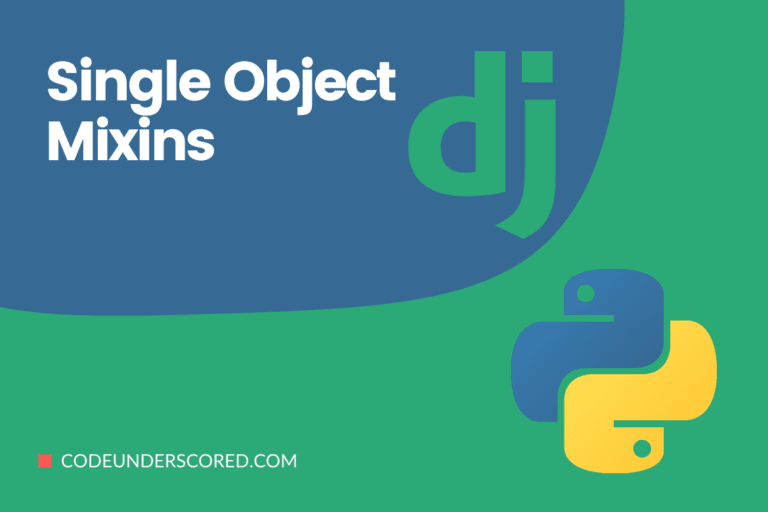
Many capabilities are built-in to Django’s class-based view, but you may need to use some of them individually. You could want to construct a view that renders a template for an HTTP response, but you can’t use TemplateView; Maybe you need to render the template POST on it and get the GET to accomplish what you want.

A view is a callable that receives a request and responds. Django gives an example of several classes you can use like views, so this can be more than just a function. You may arrange your views and reuse code by utilizing inheritance and mixins.

Function-based Views Django, one of the core fundamentals is the ListView. Views can be implemented as Python objects instead of functions using class-based views.

ModelFormsets are a more advanced approach of dealing with numerous forms built using a model and using them to construct model instances in Django. In other words, ModelFormsets are a collection of Django forms. For example, you might want to create many forms on a single page, each of which may require multiple POST requests.

Django Web Framework includes many tags used to create arbitrary logic in the template. Tags are used in the rendering process to give arbitrary logic. A tag can, for example, print material, act as a control structure (e.g., an “if” statement or a “for” loop), retrieve content from a database, or even give other template tags access. Tags are formatted as follows:
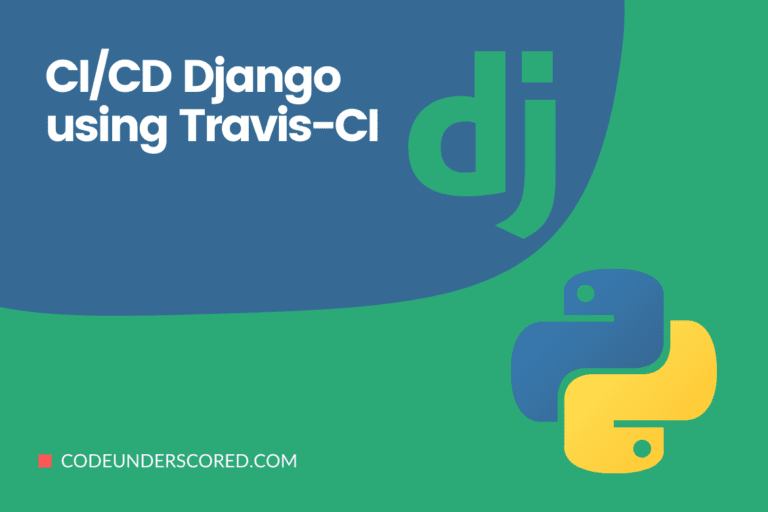
If you want to save time testing your Python code in many settings before publishing/deploying your packages automatically, creating CI/CD pipelines is a beautiful way to go. It’s also an excellent approach to catch bugs early and guarantee that your development process is consistent and repeatable.

As your projects expand, there are many code boilerplate, maintainability, and duplication issues with the test framework that Python and Django provide. It’s also not a particularly pythonic method of writing tests. Pytest makes writing tests more effortless and more beautiful.
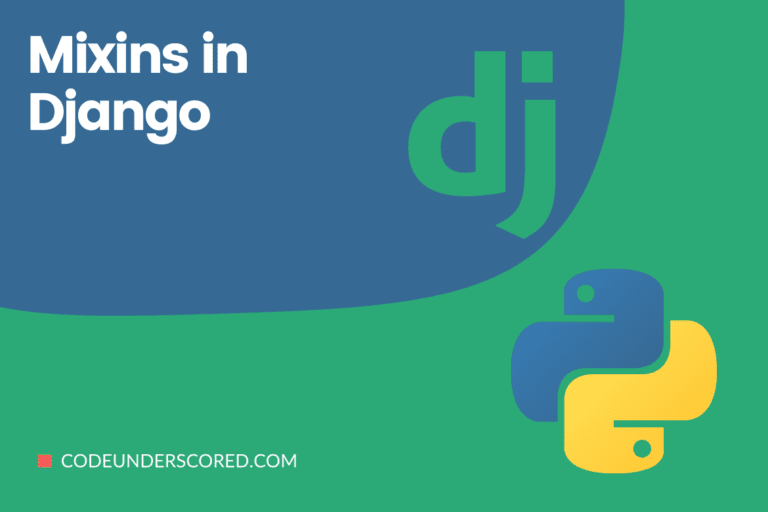
When you mix generic views with Mixins, their true power emerges. A mixin is another class you create and whose methods your view class can inherit. Assume you want the additional variable ‘page_title’ in the template to appear in every view. You create a mixin using this method and let your views inherit instead of overriding the get_context_data method each time you develop the view.
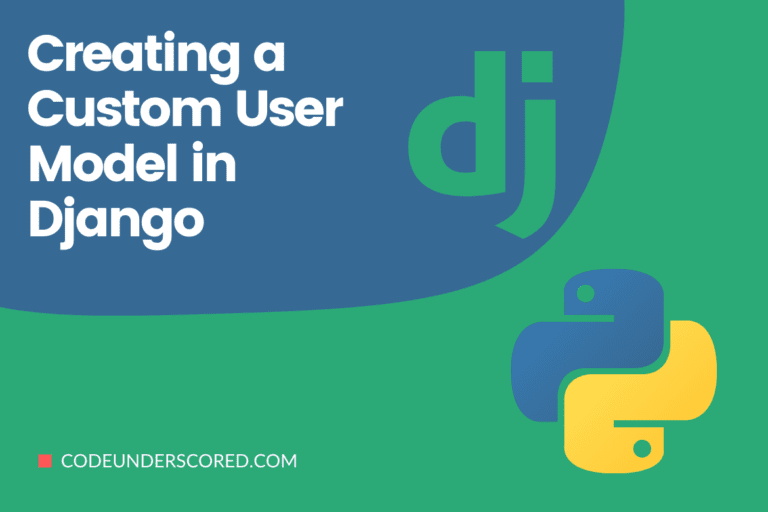
The built-in User model and authentication functionality in Django are fantastic. For a long time, it’s been a Django mainstay. It is Django’s source of preference over alternative web frameworks like Flask, FastAPI, AIOHttp, and others. When a username and password contained in the user model need to be authenticated against a service other than Django’s default, authentication backends provide an expandable system.